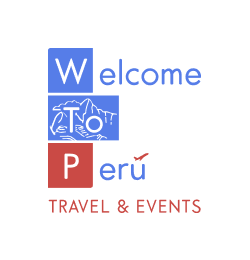In the north of Peru you can find the most impressive archaeological complexes in the country. So an escape to that area promises culture, although, since we are there, also beach, nature and very good food. Between the Moche, Chicama and Virú valleys the Moche culture developed during the 3rd to 8th centuries AD They were the creators of the famous portrait huacos and also those who built the Huaca de la Luna and Huaca del Sol, which stand out for their friezes.
From the twelfth to the fifteenth century AD, at the height of the Chimú culture, extraordinary goldsmiths and farmers built extensive networks of aqueducts whose capital was Chan Chan, monumental adobe metropolis, the largest in pre-Hispanic America and second in the world. The Incas conquered this area only in the fourteenth century.
Of all these cultures there have been various archaeological testimonies, in addition to those mentioned above. The Lord of Sipán was found in the Huaca Rajada Archaeological Complex, in Lambayeque, in 1987; also, the tomb of a priestess in San José de Moro, Chepén, and also, the El Brujo complex in Magdalena de Cao.
The Mrs. de Cao deserves a special mention, a discovery comparable to that of the Lord of Sipán and that changed history, since it was thought that only men had held high positions in ancient Peru. The Lady of Cao would have been ruler in the theocratic society of the Chicama river valley. His grave, found in the huaca of Cao Viejo, is located in the archaeological complex El Brujo, in La Libertad. There is a special exhibition hall where you can see the mummy and the implements that were found in his grave.













































